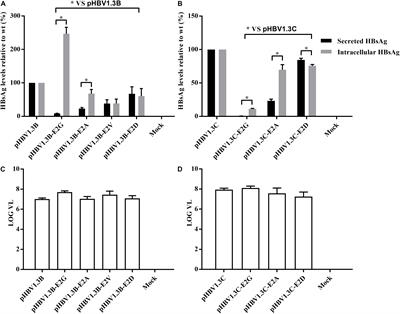EDITORIAL
Published on 24 Dec 2021
Editorial: Novel Concepts in Mechanisms Modulating HBV Persistence, Pathogenesis, and Oncogenetic Properties
doi 10.3389/fmicb.2021.822813
- 867 views
- 1 citation
8,829
Total downloads
28k
Total views and downloads
EDITORIAL
Published on 24 Dec 2021
ORIGINAL RESEARCH
Published on 10 Nov 2021

REVIEW
Published on 30 Aug 2021

REVIEW
Published on 06 Aug 2021

ORIGINAL RESEARCH
Published on 09 Jul 2021

REVIEW
Published on 14 Jun 2021
